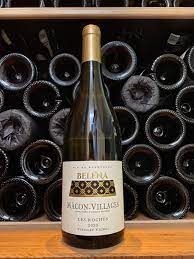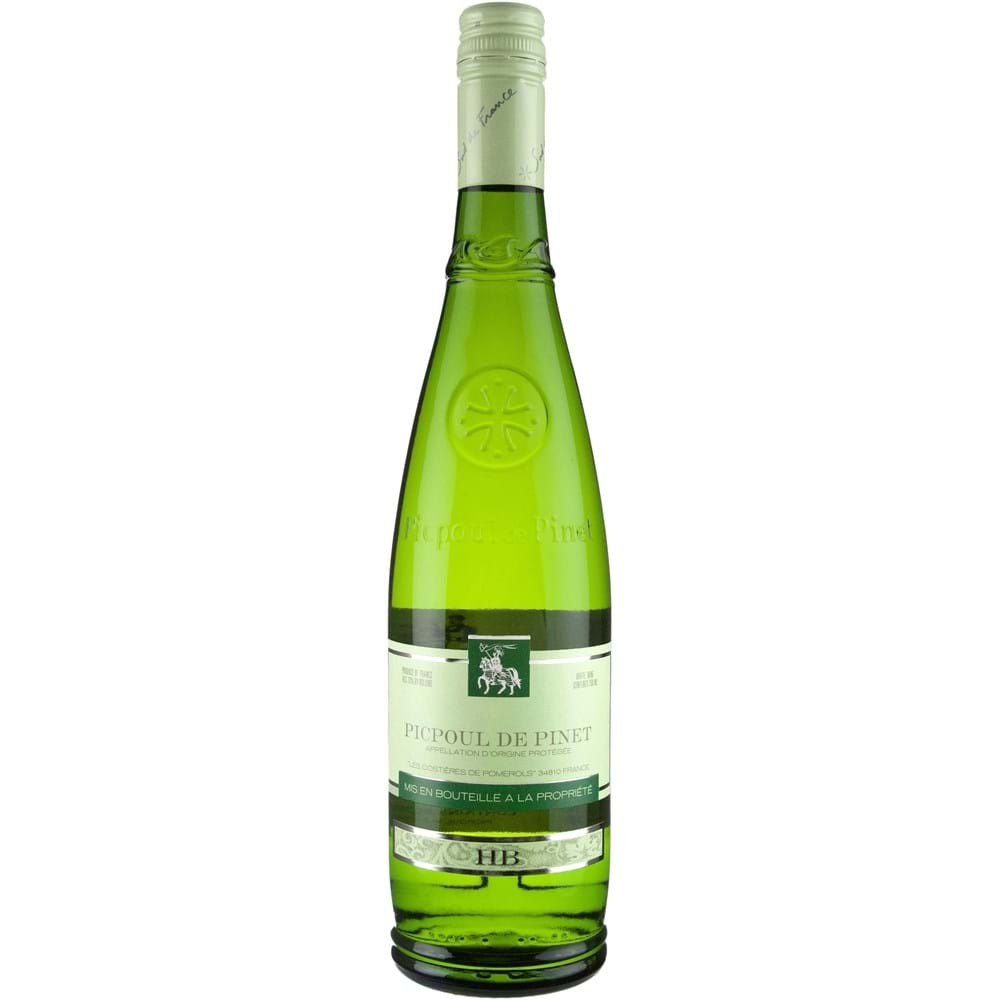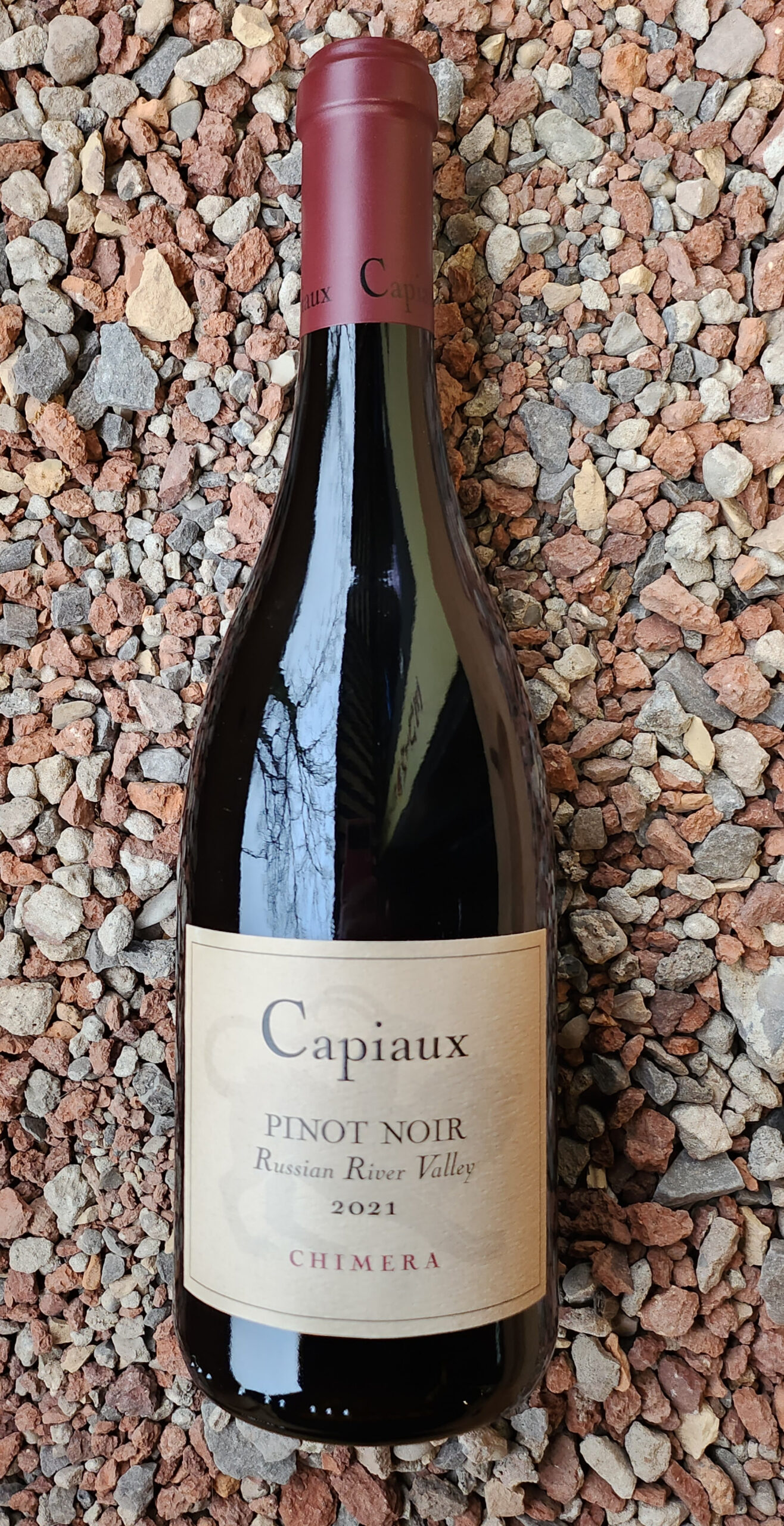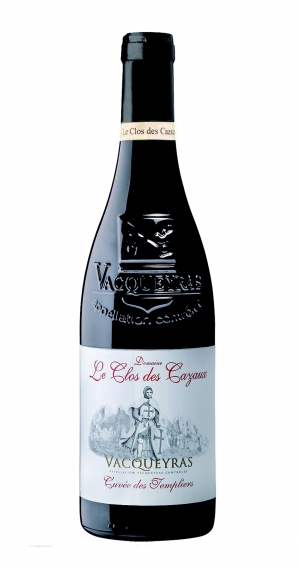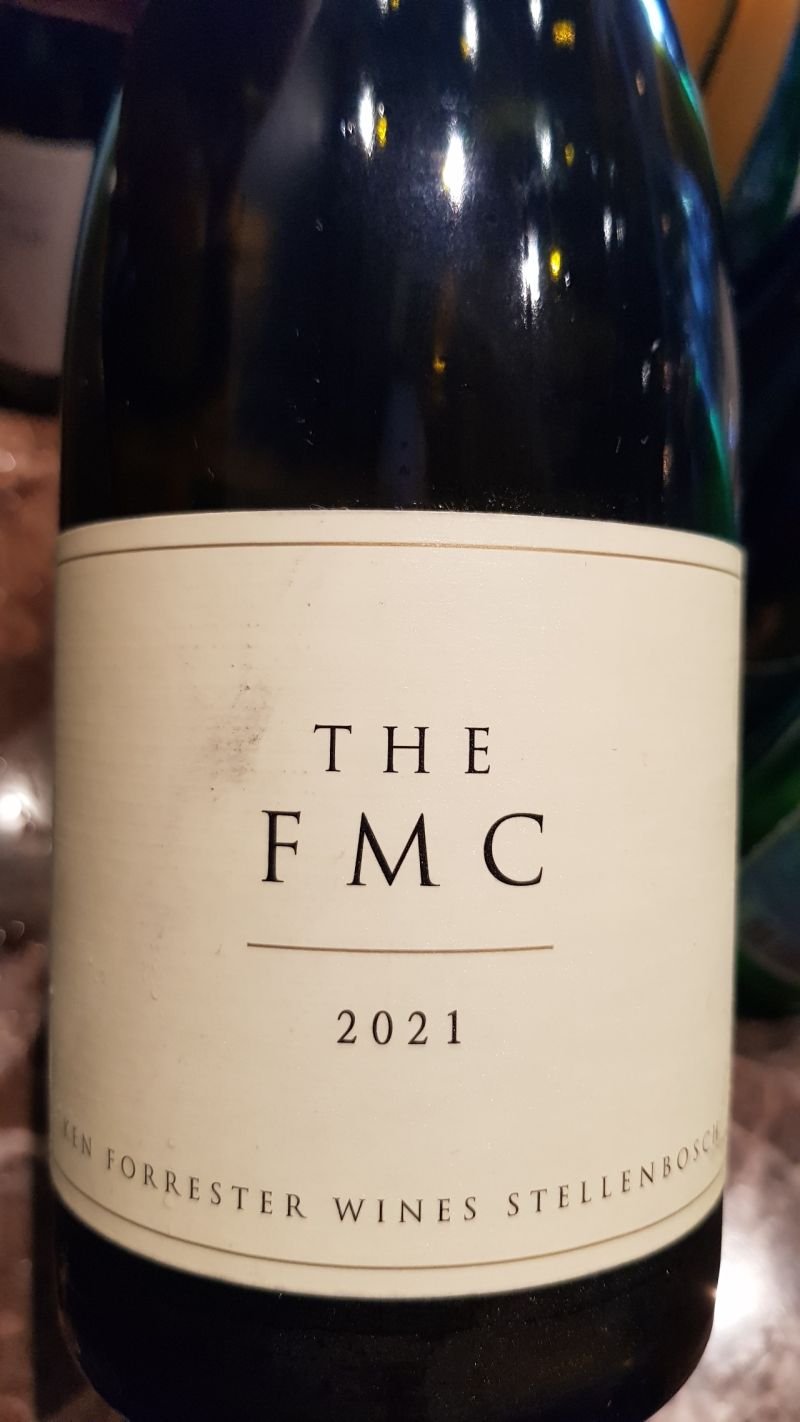For the wine snob: Since Sean Capiaux (also of O’Shaughnessy) founded Capiaux Cellars in 1994, he has been dedicated to the nuance and expression of the “Holy Grail” grape: Pinot Noir. Capiaux Cellars is dedicated to producing single-vineyard bottlings of Pinot Noir. Chimera, named for the creature of Greek mythology, or to describe anything that brings together disparate parts with dazzling results, stands out. This is Sean’s opportunity to combine fruit from seven vineyards along the Russian River Valley, Sonoma Coast, and Santa Lucia Highlands. The result is a beautiful, nuanced wine. Sean’s style is a blend of classic and contemporary. He pairs cutting-edge fermentation equipment with traditional Burgundian technique that emphasizes natural, hands-on winemaking. Fruit is hand-sorted as soon as it arrives at the winery. Following a cool soak, all wines are fermented by indigenous yeast and see minimal new oak (rarely more than 33%). The wine ages in barrel for ten to 15 months before bottling, unfined and unfiltered to preserve aroma and flavour.
For the rest of us: 100% Pinot Noir. The Capiaux Chimera. is a rich, heady wine. A burst of dark red cherry, plum, lavender, rose petal and blood orange are all dialed up. This bold, generous Pinot delivers the goods, big time.

